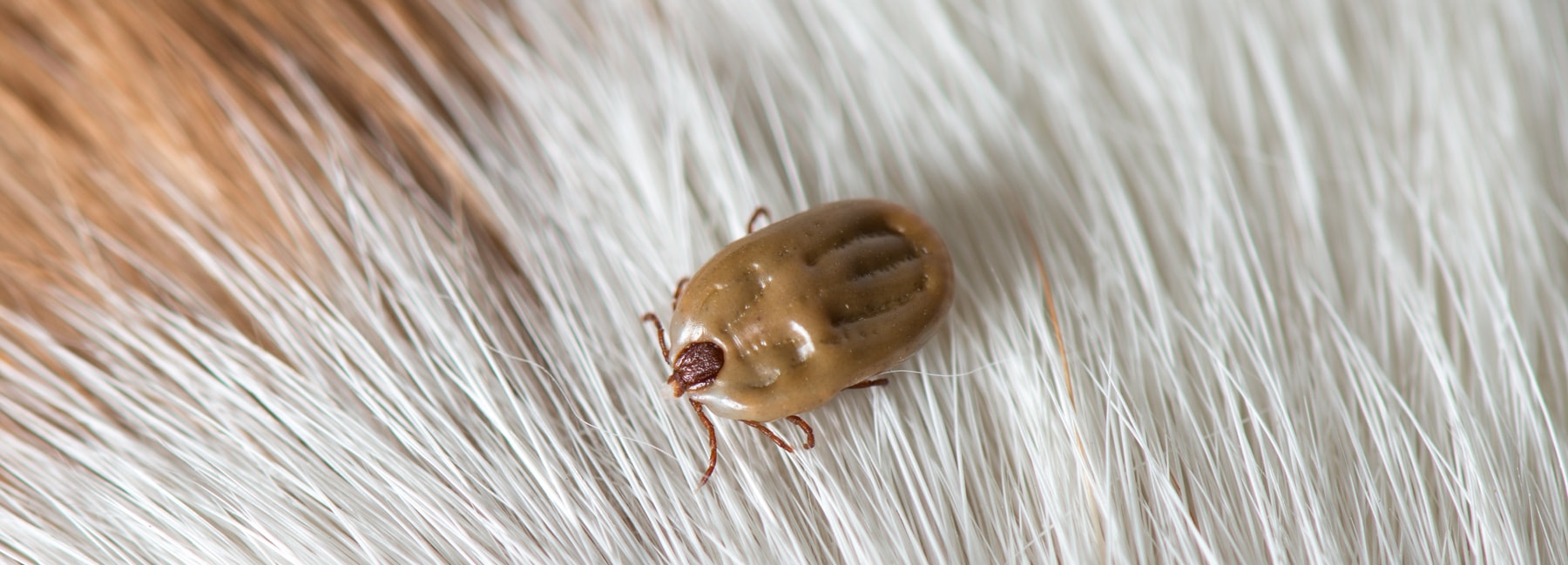
DOG TICKS
TICKS BIOLOGY & LIFE CYCLE IN GENERAL
Tick species are widely distributed around the world but they tend to flourish more in countries with warm and humid climates. They are among the most efficient carriers of disease because they attach firmly when sucking blood, feed slowly and may go unnoticed for a considerable time while feeding. Ticks find their hosts by detecting animals' breath and body odors, or by sensing body heat, moisture and vibrations. Ticks tend to hide out in tall grass or plants in wooded areas waiting for prospective hosts. Once a host is found, the tick climbs on and attaches its mouthparts into the skin, beginning the blood meal. Once locked in place, the tick will not detach until its meal is complete. Ticks can only crawl, they are unable to fly or jump. Ticks hide in places such as cracks and crevices in floors and furniture, under carpets and rugs, behind curtains and baseboards. Eggs are deposited in cracks and crevices of floors.



 RESIDUAL SPRAYING
RESIDUAL SPRAYING




